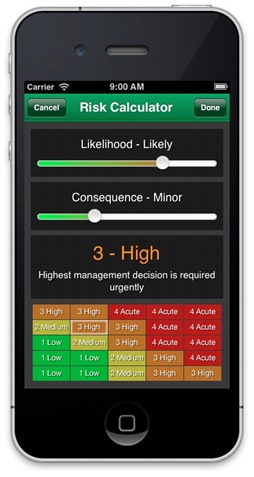Many organisations are beginning to assess their performance in occupational health and safety (OHS), mostly through spreadsheet graphics and lead and lag indicators. These “databases” provide comparisons of activity with the hope of showing positive progress on safety. FindTheBest.com has been building comparison websites for some time and has applied their mystical Web2.0 algorithms to workplace safety data from the United States in its FindTheData website. It has several sites that may be of interest to OHS professionals – Work Injuries and Death and Dangerous Jobs.
Dangerous Jobs allows you to select the occupational categories you are interested in and then compare their statistical data. For instance, comparing Farmers and Ranchers to Structural Steel Workers shows an annual fatality rate of 39.7 to 30.3 based on hours, respectively. These comparisons are based on data from the United States Department of Labor statistics. But the question on the comparison is so what? What benefit can be gained by comparing these two sets of data? None, as far as I can see.
The glossary for Dangerous Jobs lists the top couple of popular comparisons as
- Top 7 Most Dangerous Jobs in US
- Police and sheriff’s patrol officers vs. Electricians
The first has curiosity value but the second is reminiscent of the adolescent (or drunk) speculation on who would win in a fight between Darth Vader and Gigantor? Pointless speculation that sounds like it could result in some interesting information. Just maybe. Perhaps. Continue reading “FindTheBest seriously misjudges on its data services for workplace deaths and injuries”




 The iPad, and many other devices, are bound by a
The iPad, and many other devices, are bound by a